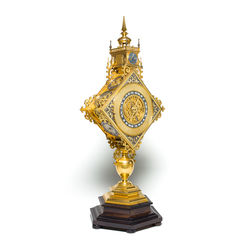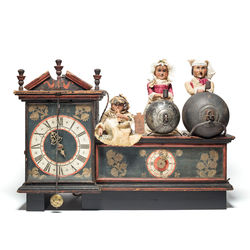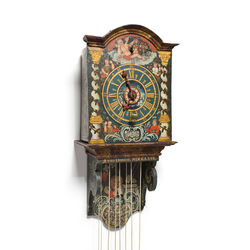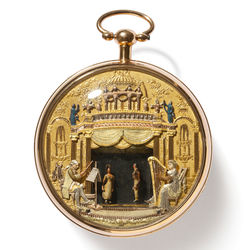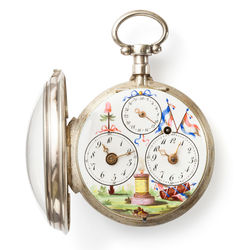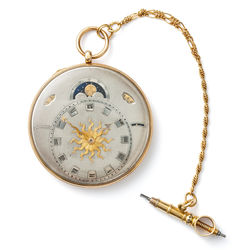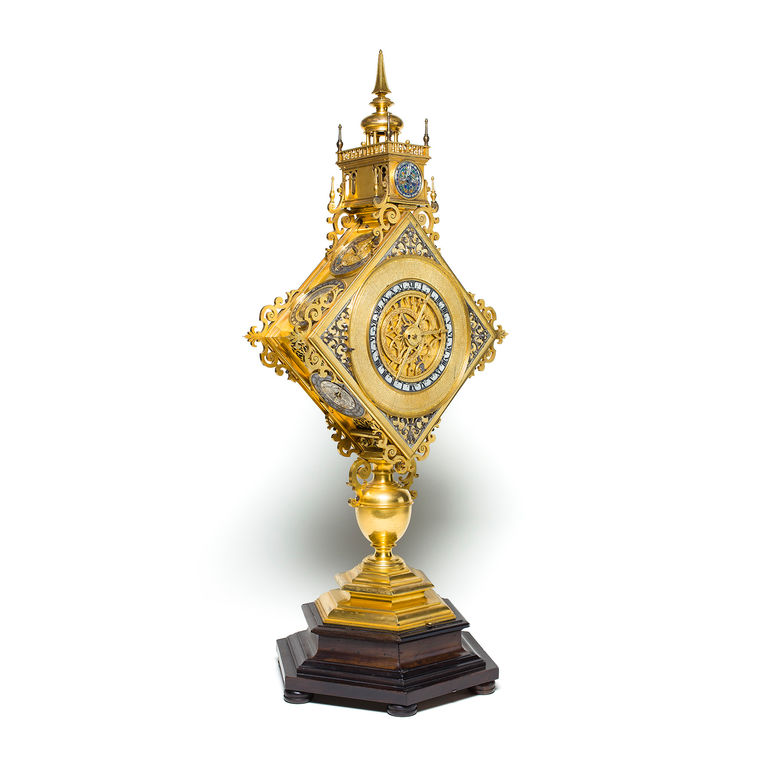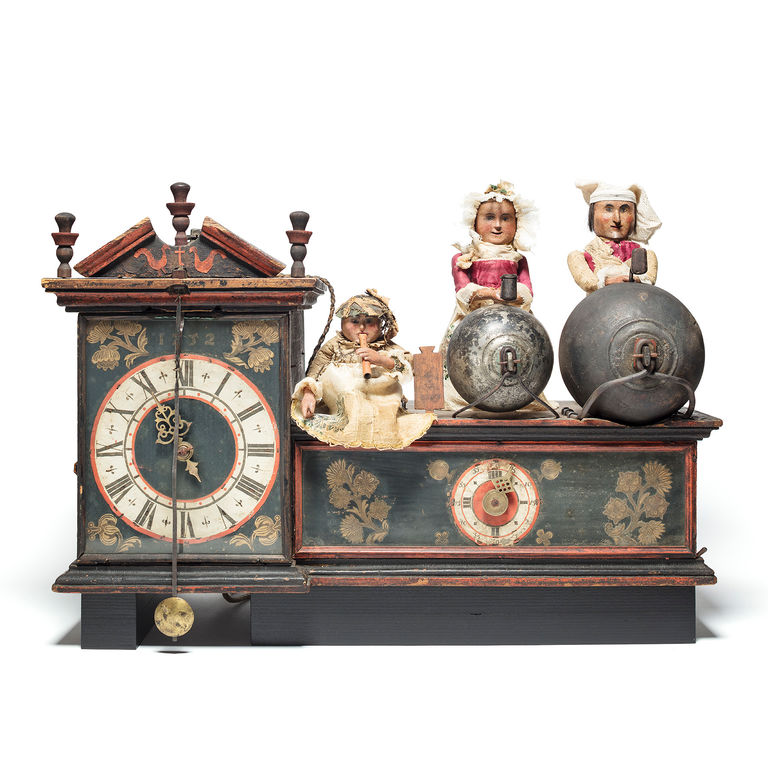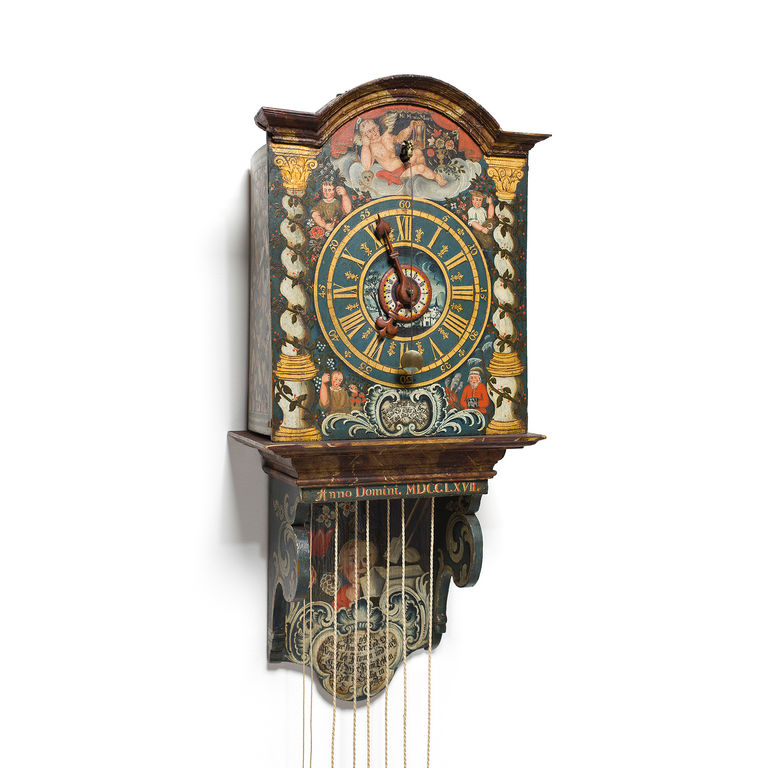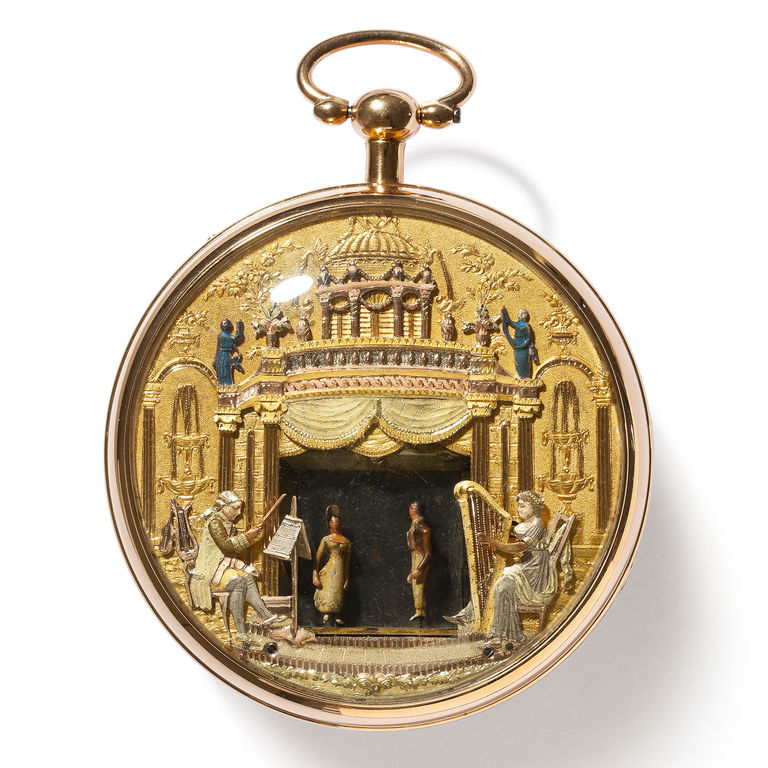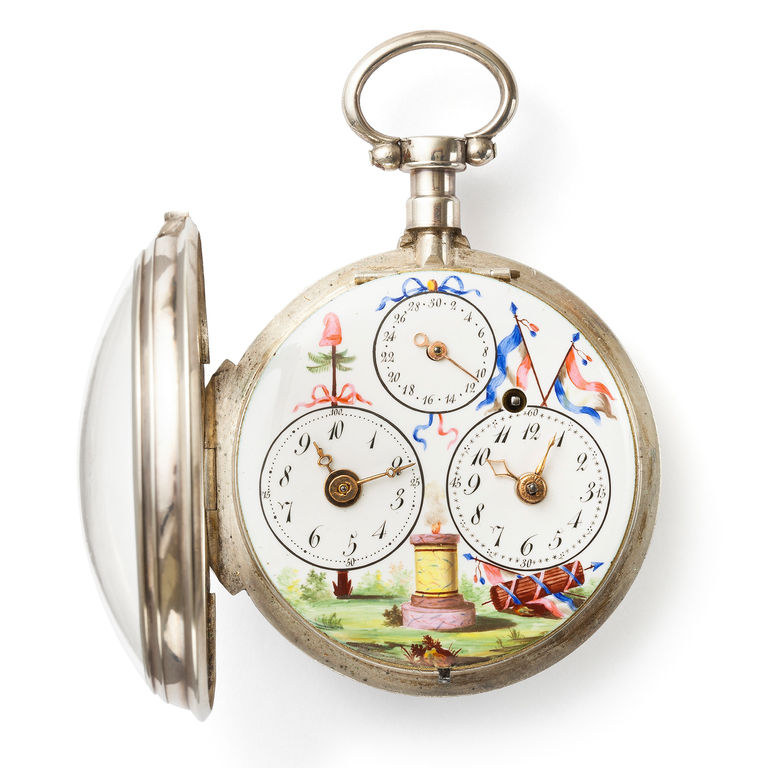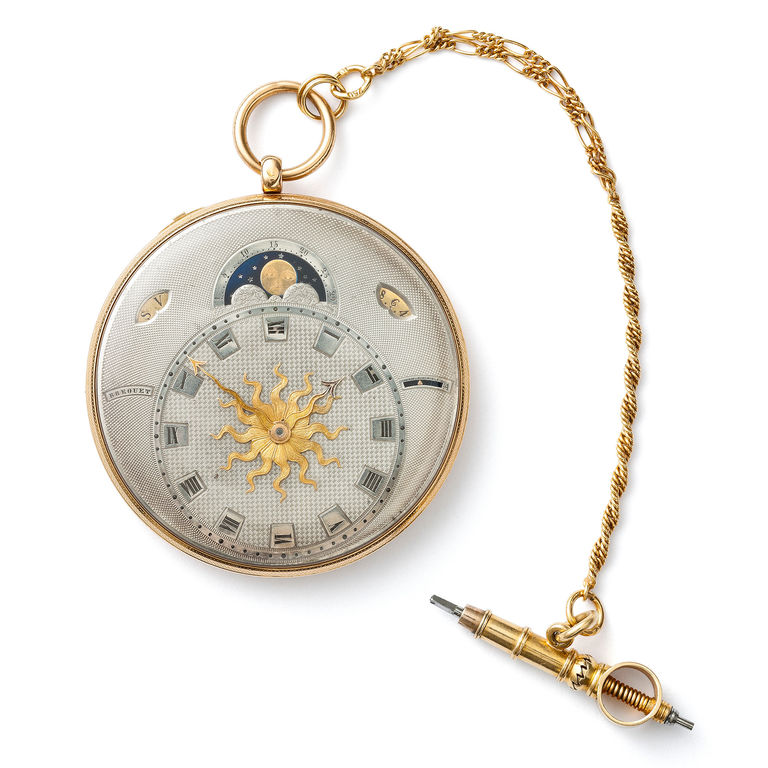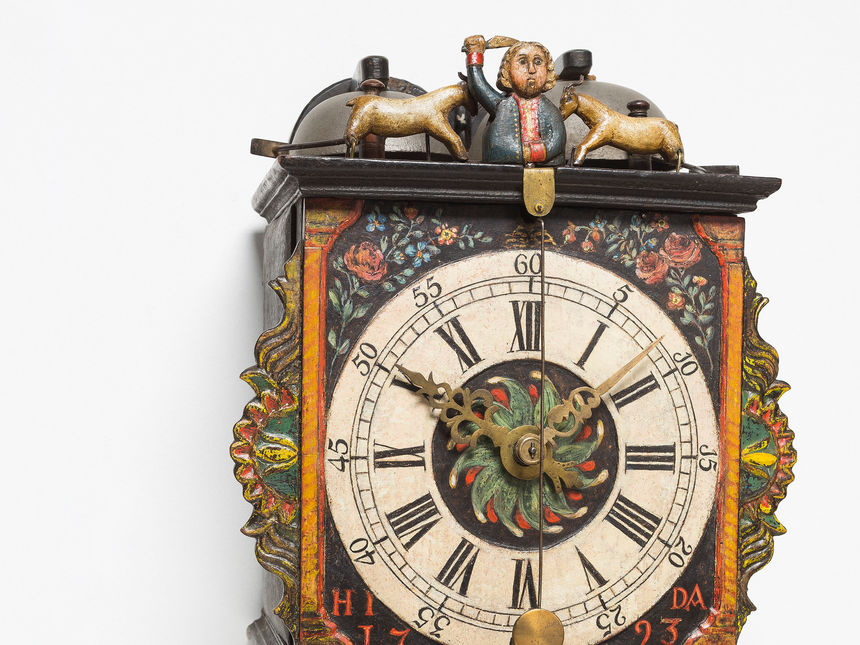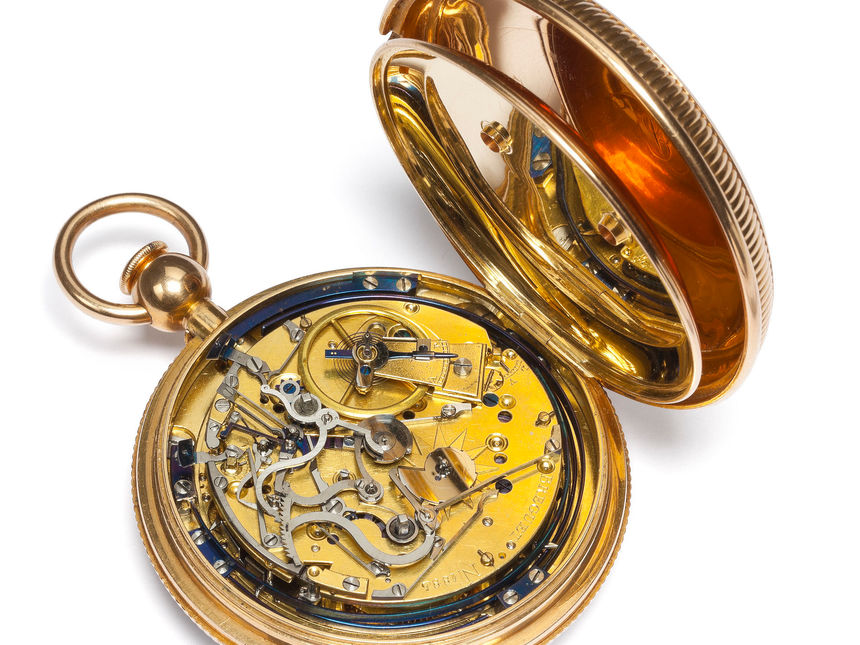SOME HIGHLIGHTS FROM THE CLOCK & WATCH MUSEUM WINTERTHUR
Information for media professionals
Twice a year, the Clock & Watch Museum Winterthur sends out media information about our current temporary exhibitions, guest items and the themed public tours held as part of the "Museum at lunchtime" series. Information about the permanent exhibitions and events may be found on our website.
Jasmin Gadola
Head of Collection Clock & Watch Museum Winterthur
uhrenmuseum@win.ch+41 (0)52 267 51 36 / 28
